
What are Baseball Position Numbers? Sports Domain Lab
There are nine numbered positions on a baseball field. The numbers are most typically used, rather than writing the player's name or the name of the position, when keeping a scorecard. Here is the list of baseball positions by number: Baseball Positions by Number. 1. Pitcher (P) 2. Catcher (C) 3. 1st Base (1B) 4. 2nd Base (2B) 5. 3rd Base (3B.

Printable Baseball Position Chart
Baseball Positioning by Numbers. Each position on the baseball diamond has a number assigned to it. These numbers are used by the scorekeeper to show how each play is completed throughout the game. The numbers go as follows: Pitcher = 1. Catcher = 2. First baseman = 3. Second baseman = 4. Shortstop = 5.

What Do the Numbers Mean in a Double Play? (With Examples)
The numbers that are designated for each position on the field are as follows: Pitcher is shown as 1. Catcher is shown as 2. First Baseman is shown as 3. Second Baseman is shown as 4. Third Baseman is shown as 5. Shortstop is shown as 6. Left Fielder is shown as 7. Center Fielder is shown as 8.

Baseball Positions by Number baseball.tools
There are nine positions in baseball, each belonging to one of the baseball player categories, namely the core positions, infielders, and outfielders. Two of the players (core positions) have their position defined by the rules.. Occupying position number 1 is the pitcher who throws the ball from the pitching mound towards the catcher, and.

The 9 Baseball Positions A Complete Guide Numbers, Body Types
Baseball positions. In the sport of baseball, each of the nine players on a team is assigned a particular fielding position when it is their turn to play defense. Each position conventionally has an associated number, for use in scorekeeping by the official scorer: 1 ( pitcher ), 2 ( catcher ), 3 ( first baseman ), 4 ( second baseman ), 5.

The 9 baseball positions (with numbers) and their roles
Baseball Positions By Number. Each baseball position is assigned a number that is used for scorekeeping purposes. For example, you may hear a baseball commentator say something like a "6-3 putout" or a "5-4-3 double play". This commentary is in reference to the numbers assigned to the positions. Here are the numbers that are assigned to.

What Are Baseball Position Numbers? A Top and Definitive Guide Sports
CHART: All Nine Baseball Position Numbers. Below is a standard baseball position chart that shows the number for each position. Pitcher (P) is fielder #1. Catcher (C) is fielder #2. First Baseman (1B) is fielder #3. Second Baseman (2B) is fielder #4. Shortstop (SS) is fielder #6.

Baseball Position Numbers [Full Details] thatsportlife
The 9 Baseball Positions Explained. 1. Pitcher. (Notable Pitchers: Clayton Kershaw, Justin Verlander, Nolan Ryan, Corey Kluber, and Aroldis Chapman.) The pitcher is the defensive player that starts every individual play. They are positioned on the pitching mound and must be touching the rubber to deliver a pitch.
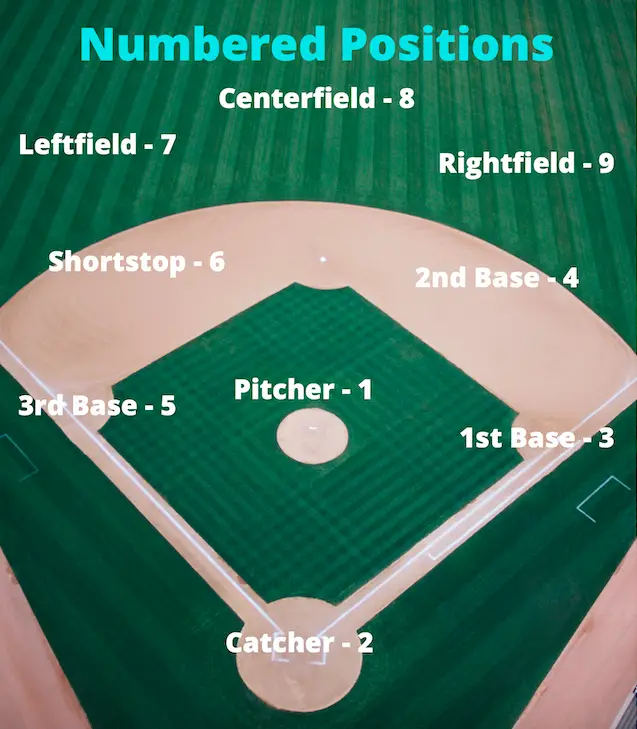
Outfield Positions in Baseball Overview) Sports Warrior 365
Baseball Positions by Number. Pitcher (1) Catcher (2) First Baseman (3) Second Baseman (4) Third Baseman (5) Shortstop (6) Left Fielder (7) Center Fielder (8) Right Fielder (9) The numbers that are associated with each defensive position are used frequently by announcers and most importantly by official baseball scorekeepers.
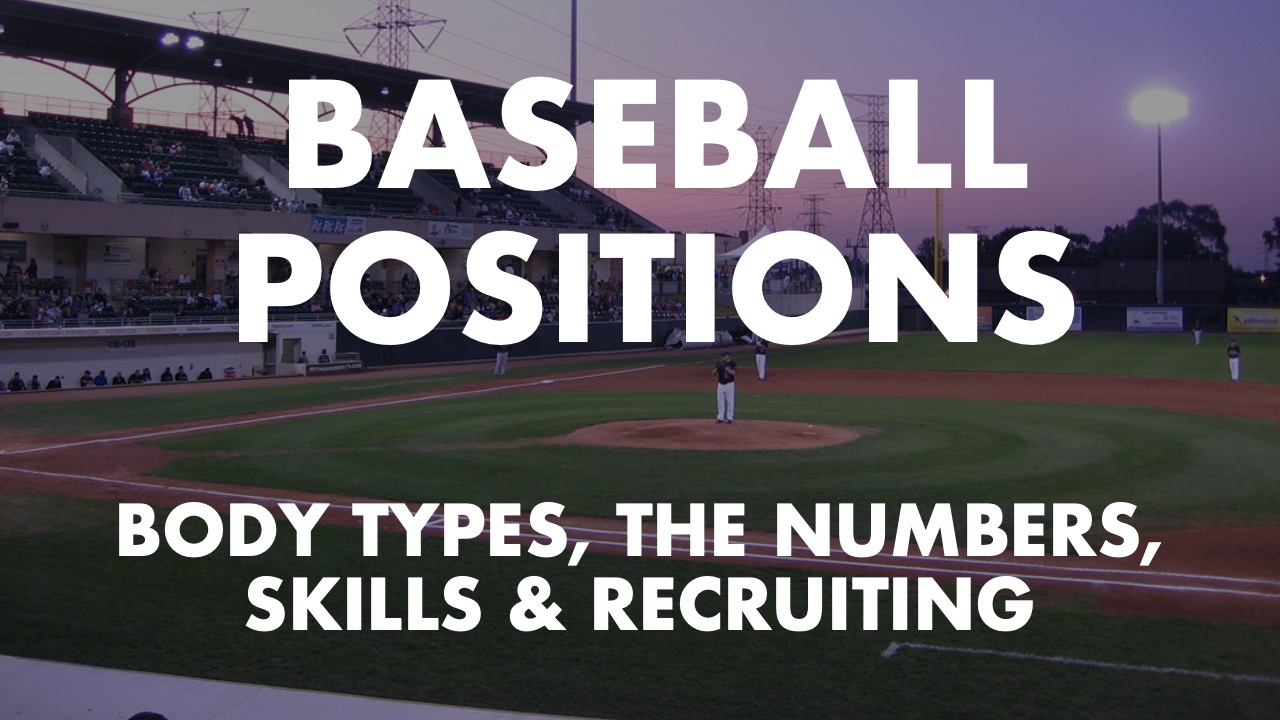
The 9 Baseball Positions A Complete Guide Numbers, Body Types
The position numbers in softball are the same as baseball. The diagram below depicts the numbers for each position on a baseball or softball field. Baseball Positions by Number Pitcher (P) Catcher (C) First Base (1B) Second Base (2B) Third Base (3B) Shortstop (SS) Left Field (LF) Center Field (CF) Right Field (RF)

9 Baseball Positions (Ultimate Guide & Required Traits) Racket Rampage
Baseball Fielding Positions. 1. Pitcher. All baseball plays start with the pitcher. This player stands on a rubber plate in the middle of the pitcher's mound, a round space in the center of the baseball diamond. From here, the pitcher throws the ball toward home plate, where a batter from the opposing team is in a ready stance, hoping to hit.
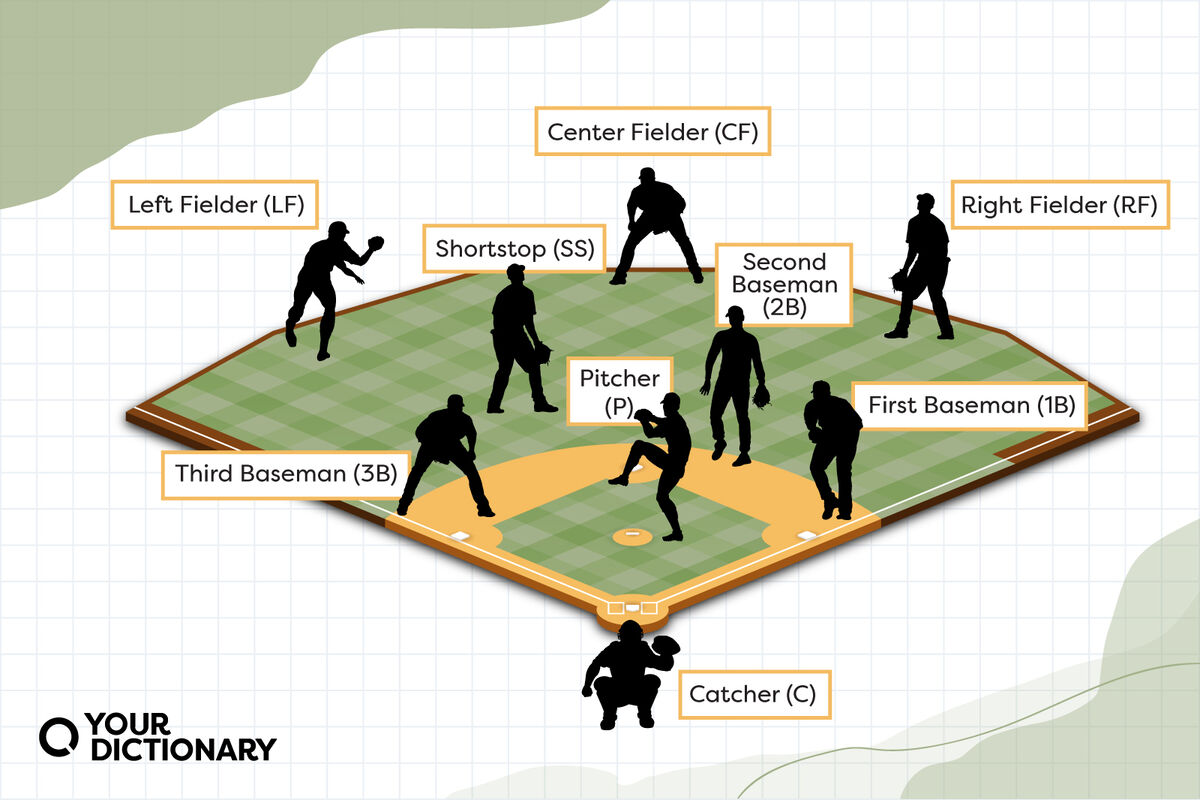
A Glossary of Baseball Positions and Their Abbreviations YourDictionary
4. 2nd Baseman. This player is positioned between 2nd base and the 1st baseman, and the main skills needed are soft and fast hands, and balance. Turning double plays is a huge part of success for this player, who works a lot with the shortstop on strategies like positioning, and who covers the base when.
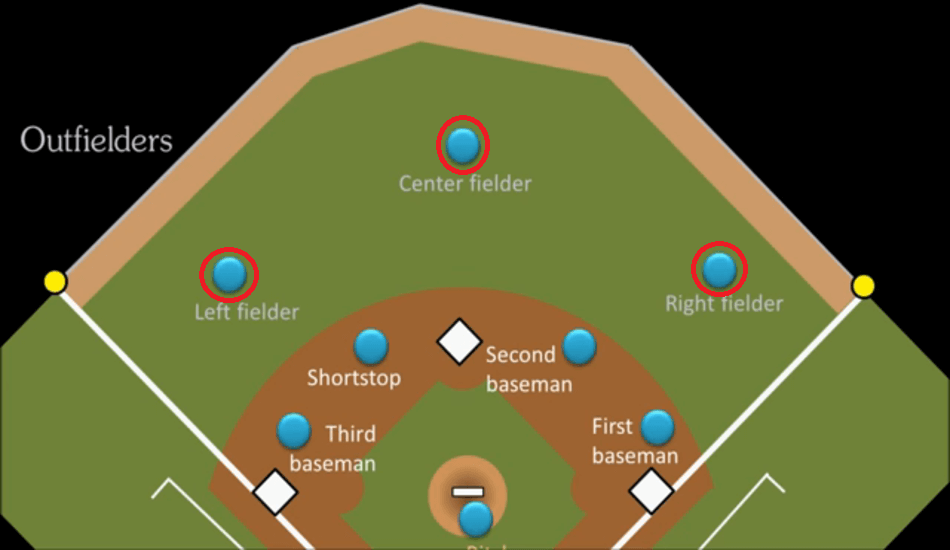
Baseball Positions All 9 Player Posisitions [Explained]
Baseball positions by number. Position #1: Pitcher. The first defensive position, designated by the number 1 on the scorecard, is the pitcher. This is the most valuable defensive position. An all-star pitcher can completely lock down the other team's offense and help guarantee the win. They have the opportunity to strike out batters without.
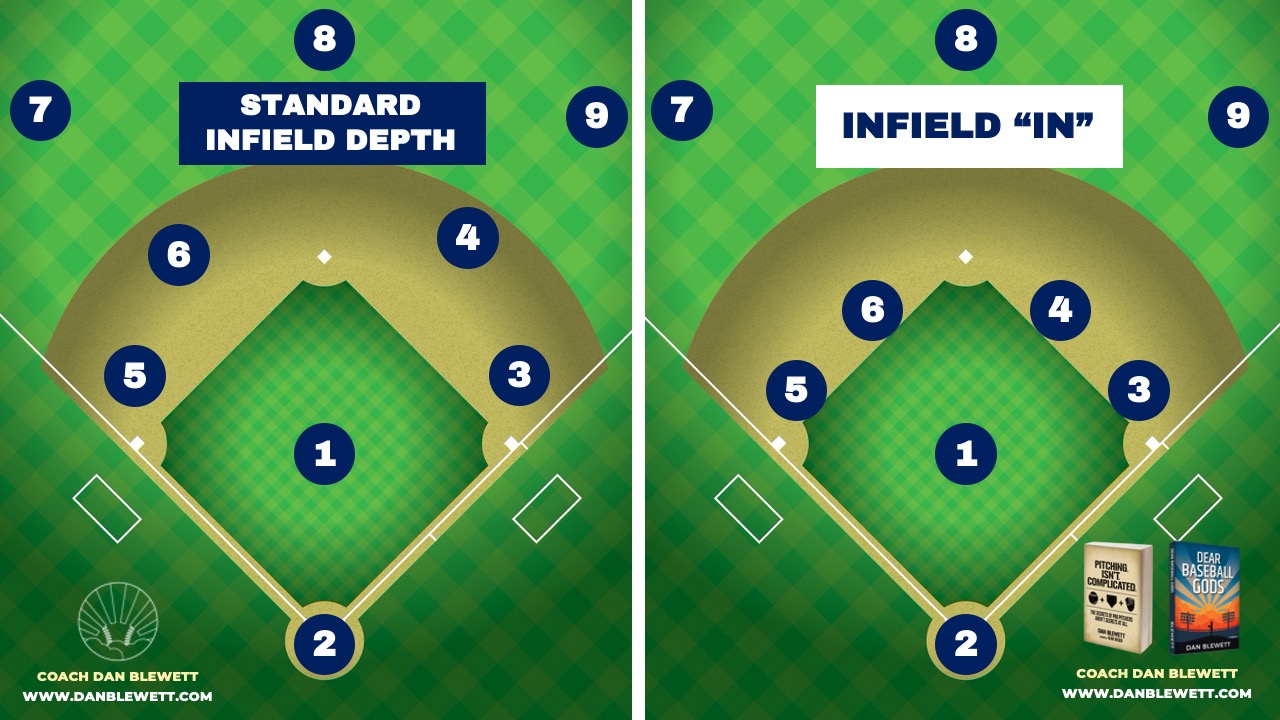
The 9 Baseball Positions A Complete Guide Numbers, Body Types
Baseball Position Names and Position Numbers. There are nine primary positions that can be identified by their position number, name or abbreviation: Position #1, Pitcher (P) Position #2, Catcher (C) Position #3, 1st Base (1B) Position #4, 2nd Base (2B) Position #5, 3rd Base (3B)
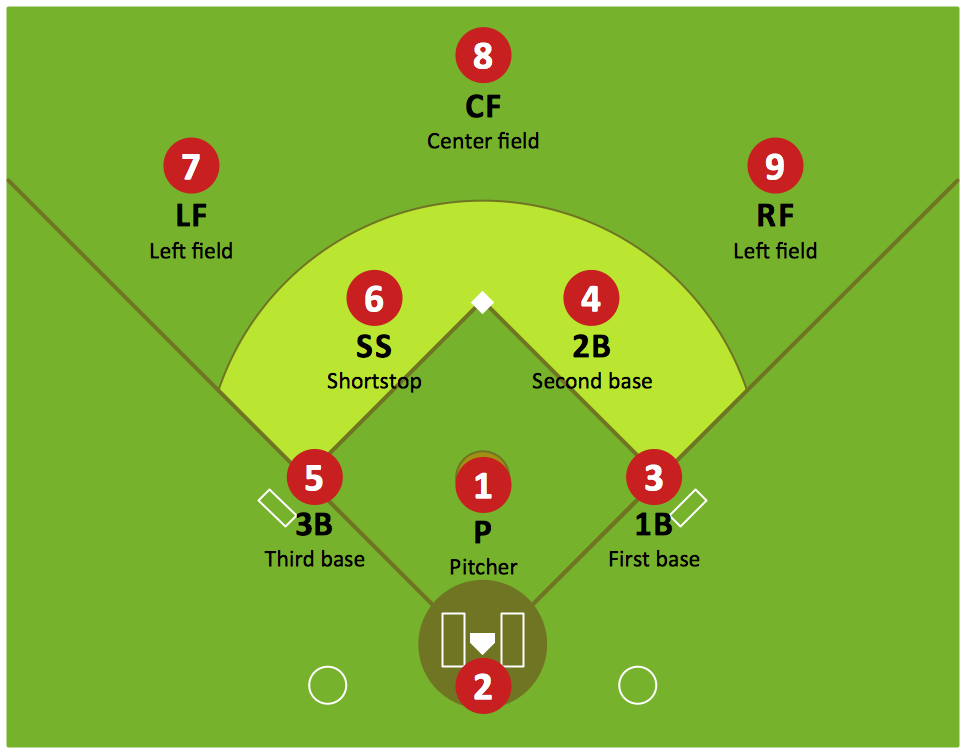
Printable Baseball Position Chart
Learn the nine baseball position numbers and the skills, body types and attributes of players that play each of them. Download my free baseball lingo cheat.
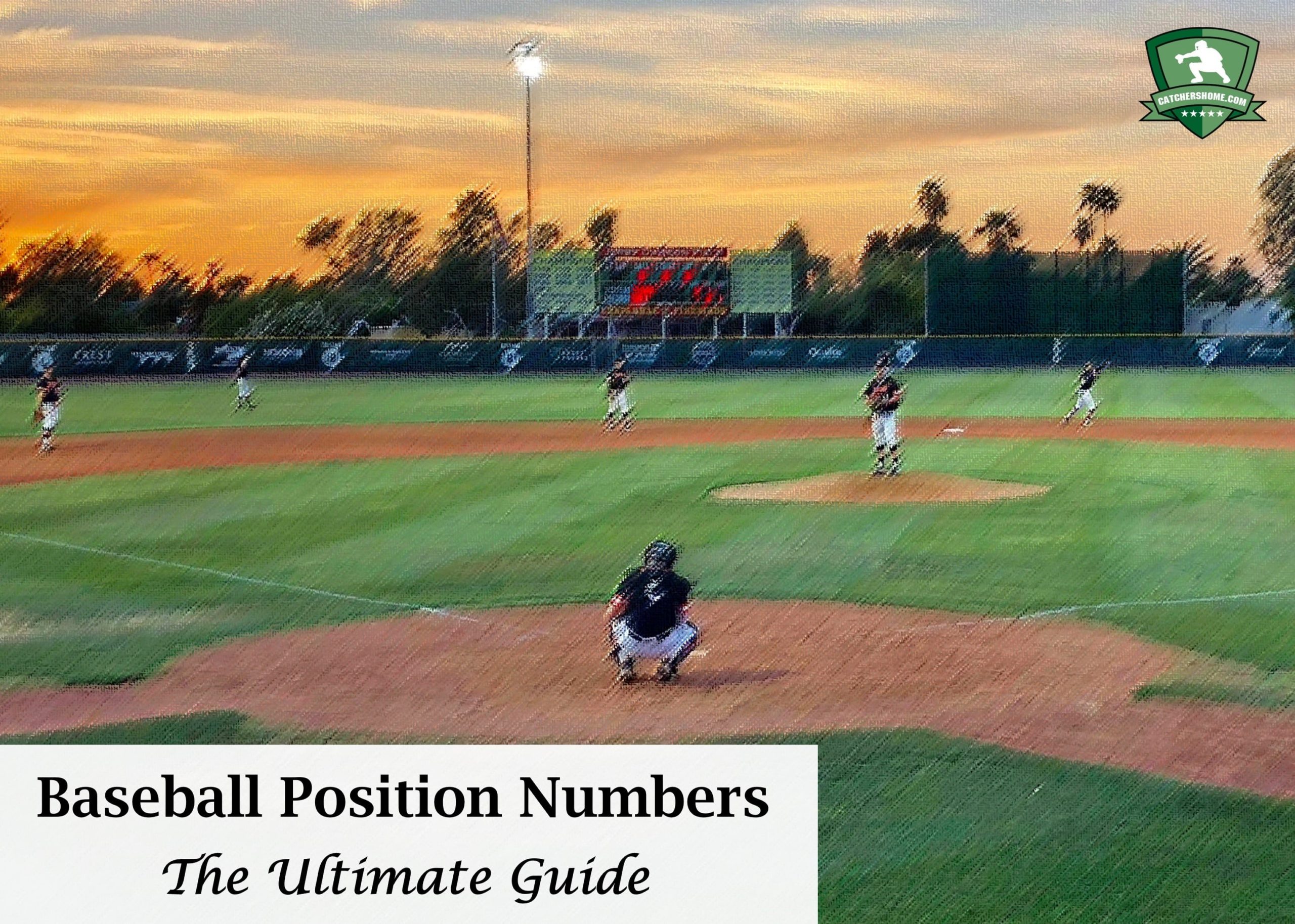
Baseball Position Numbers The Ultimate Guide [Tap for More!]
Baseball position numbers are used primarily for scoring in a score book or for use on lineup cards. If you are relatively new to the game of baseball, you may be confused when you hear someone call the defensive positions by numbers. For example, you'll often hear a play-by-play announcer say, "It goes down as a 1, 3 put out," (ball went.